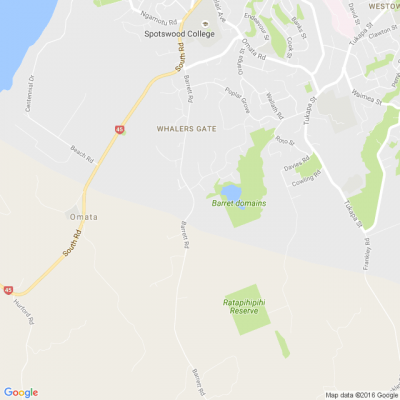
Know what’s happening
Access the private noticeboard for verified neighbours near you. Keep informed about any suspicious activity, send urgent updates to your neighbours when required and discuss emergency planning.
Get to know your neighbours
Browse the directory and start getting to know your neighbours. Don’t want to post to the whole neighbourhood? Send a private message.
Buy, sell and give away
Want to declutter your garage? Buy some used household items? Give away some garden stuff? Become a verified neighbour to browse and post items for sale. Trading is simple when everyone lives nearby.

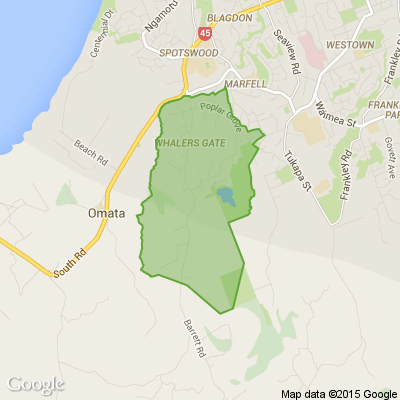
DIY right first time #resenetip
Need to brush up your DIY skills? Check out the free MasterStroke by Resene DIY Decorating Manual for everything you need to get started.

Thank you for using Neighbourly
You may receive an email confirmation for any offer you selected. The associated companies will contact you directly to activate your requests.
Carole Garnham from Go4iT Travel - Carole Garnham
With the Garden Fest just round the corner I am inspired to talk about a few very famous gardens and a bit of history about their creators. These will be gardens that I thoroughly enjoyed visiting as a keen gardener myself. I am certainly sure, some of these gardens have also provided great … View moreWith the Garden Fest just round the corner I am inspired to talk about a few very famous gardens and a bit of history about their creators. These will be gardens that I thoroughly enjoyed visiting as a keen gardener myself. I am certainly sure, some of these gardens have also provided great inspiration for a few of our local gardens entered into the annual Fest this year. And of which, those who are following the trail will soon get to enjoy when those gates are opened up in a few weeks time.
I would like to start with Monet’s Garden in France. French Impressionist Claude Monet (1840-1926) was a pioneer of a major art movement, but he created a thing of beauty that he believed eclipsed even his own celebrated works of art. In his own words: “My garden is my most beautiful masterpiece.”
Monet’s garden in Giverny spans more than two acres, divided by a road that used to be railroad tracks connecting Vernon and Gisors. On one side of the road in front of the artist’s restored pink stucco house with green shutters is the Clos Normand (the Norman Enclosure) with flowers planted in rows and grouped according to colour, not unlike an artist’s palette. Carpeted with thousands of flowers, the flower garden comes into full bloom in April, with narcissi, daffodils, and tulips as the main blooms, joining violas, pansies, daisies, white cress, and the other flowers that bloom first in spring. Across the road is the ethereal water lily garden, a pond with a bridge painted green instead of the traditional red colour used in the Japanese bridges that inspired it, framed by wisteria, bamboos, maple trees, and Japanese peonies, with nymphéas (water lilies) dotting the pond.
The garden preoccupied Monet for the final 33 years of his life. The explosion of colours in the Clos Normand and the play of light and reflections in the water lily garden inspired him to create 250 paintings depicting various aspects of his beloved sanctuary. This includes the famous Water Lilies series, which formed a 91-metre long installation that can still be viewed in the Musée National de l’Orangerie des Tuileries in France.
Monet’s garden in Giverny is his most famous and most visible, but Monet had always liked gardens. He spent time cultivating the gardens in the properties he had rented in the past (e.g. Argenteuil and Vetheuil), and always chose a house that had enough yard space for him to fill with flowers and potted plants. According to Tucker (1995), 100 of Monet’s 800 paintings completed before he moved to Giverny were paintings of gardens or flowers.
It wouldn’t be Monet’s last clash with the residents of Giverny. In 1893, he purchased a meadow on the other side of the railroad tracks, bordered by a stream called the Ru, a tributary of the Epte River. The meadow contained a small pond which used to be a watering hole for farm animals. He also rented a plot of land on the other side of the Ru.
He wrote the Department Prefect to request permission to install a water trough (prise d’eau) in the Epte to divert water to the pond, promising that it would not alter the level or flow of the river. He also requested to build two wooden footbridges over the Ru to connect the land he owned to the land he rented on either side of the tributary.
Local residents blocked these requests, saying Monet would drain too much water from the river and poison it with his plants, charges which infuriated the then 53-year-old artist. After two tension-filled months, numerous town hearings, and several letters sent by Monet to the Prefect, a lawyer, and a newspaper, the Prefect granted Monet’s requests, paving the way for the construction of the now famous water lily garden.
Monet’s garden design (as well as his Japanese Bridge paintings) was inspired by Japanese design and Japanese woodblock prints (Ukiyo-e) popular with European artists at the time, and which he collected over the years. His impressive Ukiyo-e print collection still hangs in his Giverny home today.
The Water Lilies Series
As his fame and wealth increased, he expanded his home and garden, hiring a construction crew and a team of gardeners in the 1890s. He bought another acre and expanded his water lily pond, and added wisteria, bamboo and Japanese apple and cherry trees.
Monet expanded his house on both sides, with it ending up very long but narrow—40 metres long but only five metres deep. Monet chose the colours and designed the house’s interior to be as colourful as his lovely garden, with a blue kitchen, yellow dining room, and vibrant purple carpets covering the floor of his studio and bedroom.
His wealth allowed him to shower luxuries on his family as well. He started purchasing automobiles and building apartments for his children and stepchildren, and went traveling with his second wife, Alice.
Reporter Sunday Star Times
Many New Zealanders loved Kiwiana and it helped define us on the world stage – but Kiwiana was a creation of the last century. New Zealand's national paper, the Sunday Star-Times, is embarking on a project to find out what Kiwiana has evolved into and how it encapsulates the values of our … View moreMany New Zealanders loved Kiwiana and it helped define us on the world stage – but Kiwiana was a creation of the last century. New Zealand's national paper, the Sunday Star-Times, is embarking on a project to find out what Kiwiana has evolved into and how it encapsulates the values of our diverse, innovative 21st century nation.
Join us as we explore what Kiwi culture looks like in neighbourhoods across the country. In the coming weeks, you'll notice a few posts about Kiwi innovations popping up across Neighbourly - we'd love for you engage and let us know what innovations and innovators you think need profiling!

NPDC from New Plymouth District Council
The Hollies have announced their “The Road Is Long” 2019 NZ Tour hitting the TSB Bowl of Brooklands on Friday 1 March.
Their huge NZ audience will experience again the magic of this timeless and iconic UK band, featuring its founders Tony Hicks and Bobby Elliott, the fantastic voice of Peter… View moreThe Hollies have announced their “The Road Is Long” 2019 NZ Tour hitting the TSB Bowl of Brooklands on Friday 1 March.
Their huge NZ audience will experience again the magic of this timeless and iconic UK band, featuring its founders Tony Hicks and Bobby Elliott, the fantastic voice of Peter Howarth, and long-time musicians Ray Stiles, Ian Parker and Steve Lauri.
They’ve had more top 10 hits than almost any other group (Bus stop – He ain't even heavy he's my brother – Carrie Anne – Air that I breathe – Magic women touch – Jennifer Eccles – Sorry Suzanne … to name a few), The Hollies will tour 8 NZ centres over late February/early March, following recent sell-out tours in Europe and the UK.
Children 12 and under are FREE with an accompanied Adult (General Admission only)
Book your tickets here!

 Loading…
Loading…
Are you sure? Deleting this message permanently removes it from the Neighbourly website.
 Loading…
Loading…
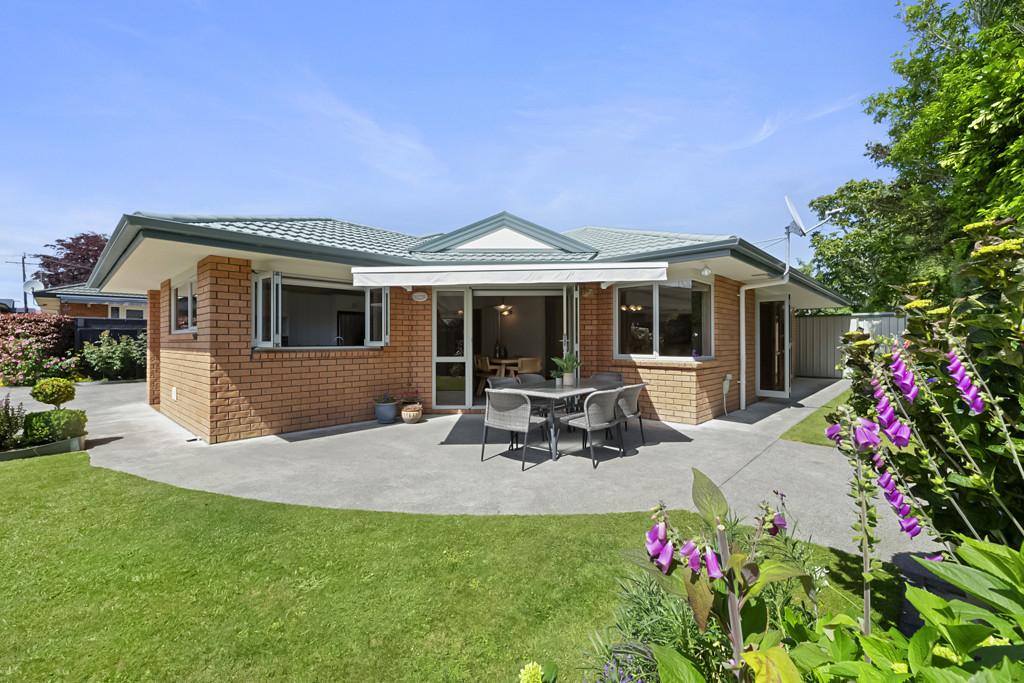
 Enquiries Over $879,000
Enquiries Over $879,000



 Marketed by Kathy Roach
Marketed by Kathy Roach

 Price on Application
Price on Application
 Marketed by Kevin Hight
Marketed by Kevin Hight
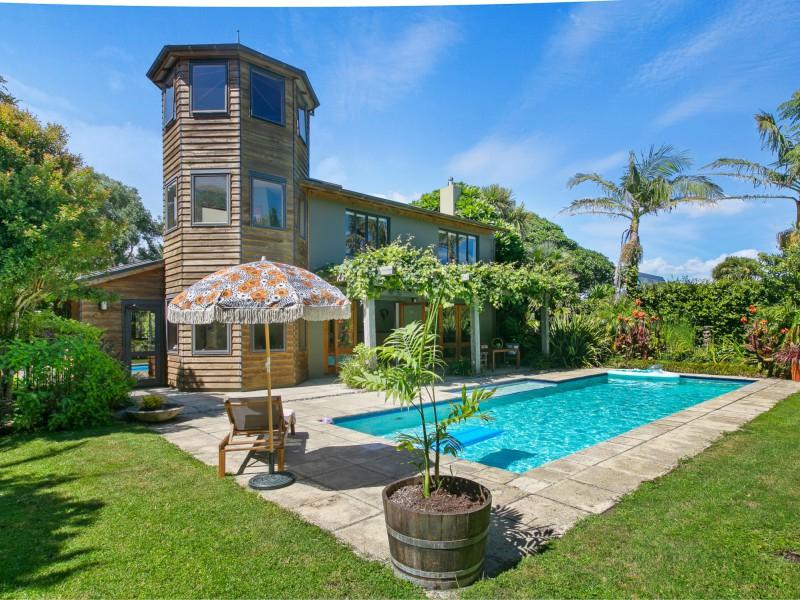
 Offers Over $1,850,000
Offers Over $1,850,000



 Marketed by Rachel Hooper
Marketed by Rachel Hooper

 Enquiries Over $1,019,000
Enquiries Over $1,019,000



 Marketed by Marty Suchy
Marketed by Marty Suchy

 Buyer Enquiry Over $849,000
Buyer Enquiry Over $849,000



 Marketed by Rachel Hooper
Marketed by Rachel Hooper
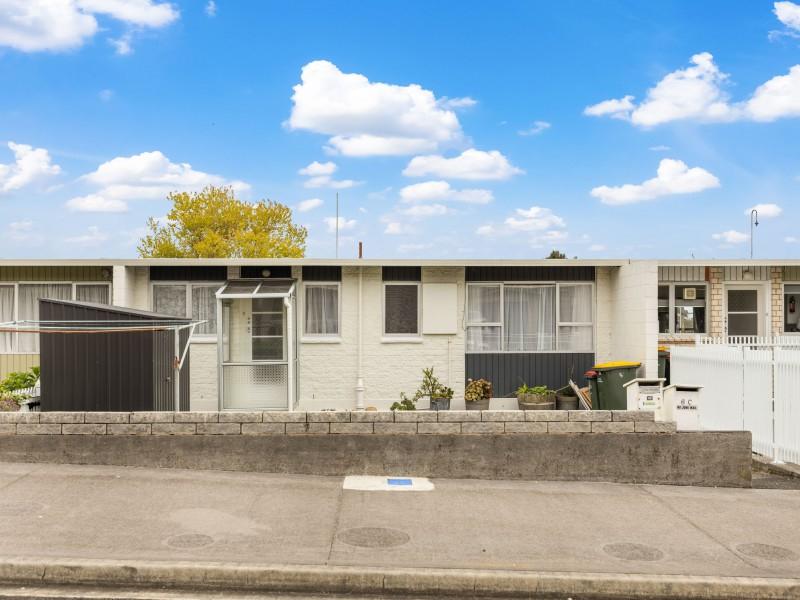
 Negotiable Over $399,000
Negotiable Over $399,000


 Marketed by Sarah & Sam
Marketed by Sarah & Sam

 Enquiries Over $799,000
Enquiries Over $799,000



 Marketed by Jamie Gemmell
Marketed by Jamie Gemmell

 Offers Over $599,000
Offers Over $599,000



 Marketed by Emma Taylor
Marketed by Emma Taylor
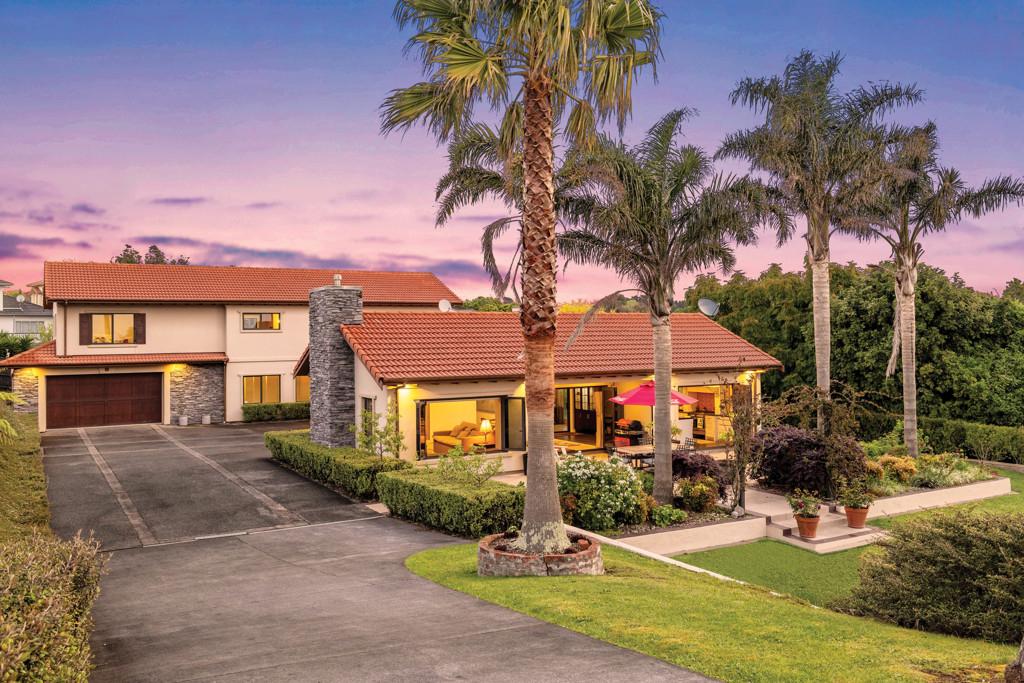
 Deadline Sale
Deadline Sale



 Marketed by Sandra Pickering
Marketed by Sandra Pickering
© Neighbourly 2024
